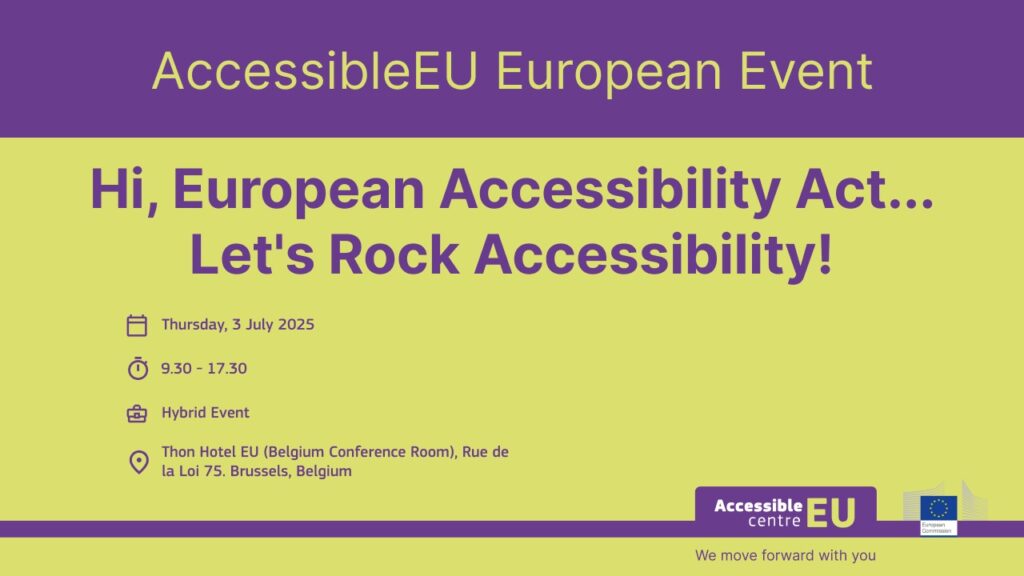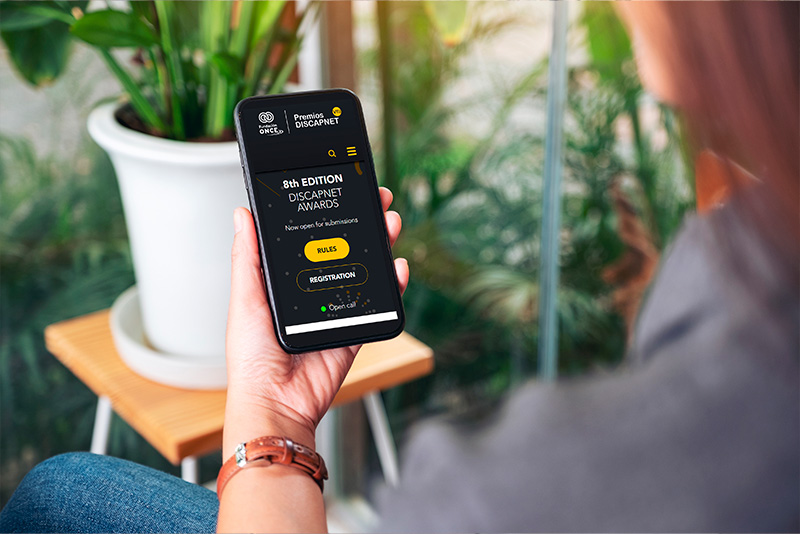
The European Accessibility Centre will hold a double celebration this July, marking its second anniversary and the entry into force of the European Accessibility Act, with a conference taking place in Brussels. The activity aims to provide an opportunity to reflect on progress made, share good practices, and prepare for the transformative changes the Act will bring.
It also aims to promote dialogue and showcase the results achieved to date. The goal is to ensure all stakeholders are prepared for the transformative impact of the Act and celebrate the momentum towards a European Union that benefits everyone. The event will be offered exclusively in English and in a hybrid format. It will also include captioning in English and International Sign.
Information and registrationBut that’s not all. On July 1, the event How to improve accessibility of banking services will also take place in Brussels. It has been organised by AccessibleEU and the European Banking Union (EBU).
The conference aims to provide an opportunity to share experiences and best practices to make banking platforms more accessible.
Information and registration Source: AccessibleEU



